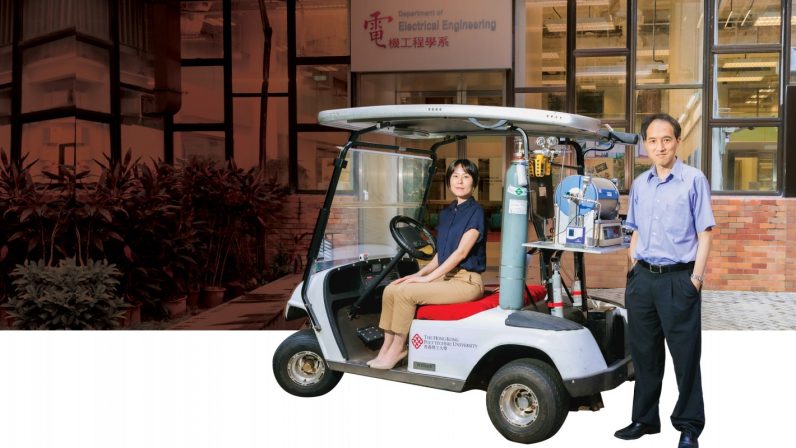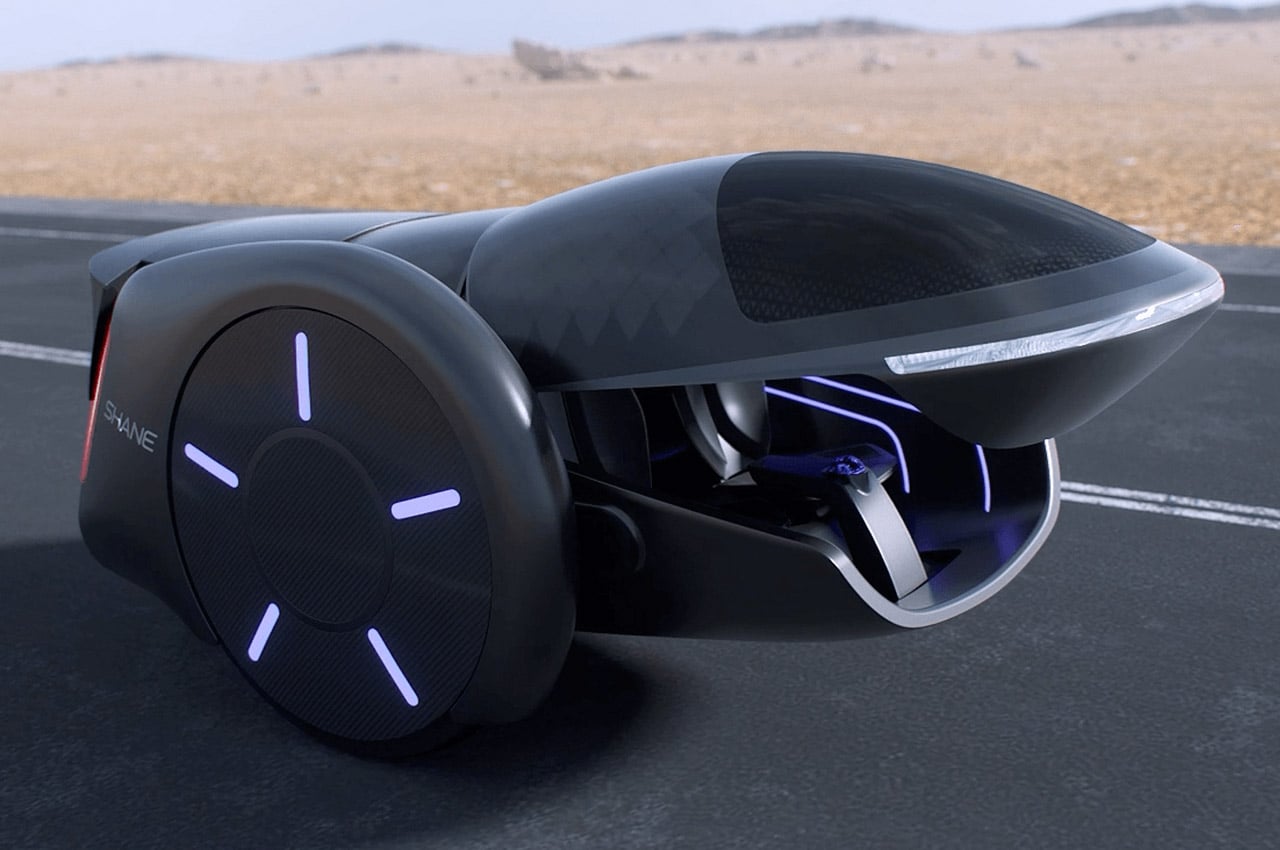#Pee-powered vehicles are finally making a splash

Table of Contents
“Pee-powered vehicles are finally making a splash”
But there’s another chemical that could be used — and it’s abundant in your pee.
What is ammonia, and why use it to power vehicles?
Ammonia is a combination of Hydrogen and Nitrogen (NH3), and is one of the few liquid chemical compounds. It rapidly releases energy in combustion and has a high energy density by volume.
It also comes with substantial environmental advantages. No carbon (C) in NH3 means that when burnt, ammonia cannot release carbon dioxide, carbon monoxide, or other greenhouse pollutants.
How does ammonia stack up compared to other energy sources?
While electric batteries and hydrogen fuel cells are compelling, ammonia offers higher energy density. This is particularly important for transport that is heavily constrained by weight and volume, such as heavy-duty ground and air transport.
Furthermore, compared with hydrogen fuel cell vehicles, ammonia-powered vehicles are lighter and eschew the problem of disposal that lithium-ion batteries suffer from.
The other advantage of ammonia is that the chemical has been used industrially for over a century.
Therefore, storage, handling, and delivery infrastructure are already in place globally, making ammonia an optimal fuel for long-haul trucking, locomotives, aviation, and shipping.
Hang on, ammonia, aren’t you talking about pee?
Yeah, basically, urine turns into ammonia, which can then be used to produce energy. Up until now though, it’s been strictly academic.
In 2009, research by Dr. Gerardine Botte showed how to use electrolysis to produce hydrogen from human urine at a far cheaper cost than producing hydrogen from water.
In 2017, UK researchers at the University of West England, developed Microbial Fuel Cell (MFC), electrical circuits driven by microbes such as bacteria that feed off urine, creating the potential for robots to refuel themselves.
They’ve since extended the cells to powering home appliances.
Researchers at the US Army Research Laboratory at Aberdeen Proving Ground are also looking at how they could use urine to power devices in remote locations, as well as in large-scale fuel cells powering vehicles and — theoretically — even entire bases.
If you’re feeling like a bit of citizen science, there are videos on turning urine into garden fertilizer, and even microbial fuel cells.
However, while scientists are onboard, we’re yet to see full adoption of ammonia in energy production.
Why haven’t we seen wider adoption of ammonia?
A lack of technology capable of efficiently extracting ammonia in a constrained space has left it underexplored as an energy carrier..
But now technological advancements are reinforcing its viability in larger-scale capabilities.
Research and industry are making ammonia power a reality

Last year, Hong Kong’s University of Technology showcased the world’s first ammonia-powered fuel cell electric vehicle, a golf cart jointly developed with Oxford University.

Ammonia is stored inside a cylinder in its liquid form. It goes through a ‘cracker’, breaking down into nitrogen and hydrogen by catalysts developed by the University of Oxford.
The hydrogen generates electricity to power and propel the vehicle.
The researchers are also planning to develop an ammonia-powered minibus and aircraft.
Industry players are also high on ammonium
In Denmark, MAN Energy Solutions is developing a fuel-flexible, two-stroke ammonia engine — and aims to deliver the first unit in 2024.
Another player is the company Amogy, founded in the US in 2020. The company is a pioneer of emission-free, energy-dense ammonia power solutions. It developed a compact, high-efficiency reactor that cracks ammonia and uses the hydrogen to generate power through a fuel cell.

Earlier this month, an Amogy reactor powered a mid-sized John Deere tractor with ammonia. The company integrated a standard liquid-storage tank and highly efficient ammonia-cracking modules into a hybrid fuel cell system, providing power for several hours.
This week, Amogy announced a raise of $46 million in additional funds to bring its funding to $68 million. It plans to apply its systems to an 18-wheel tractor-trailer and an ocean cargo ship. This is a big deal in getting ammonium from outside the lab into tangible, industrial use cases.
We’re a while from mass commercial adoption. But right now seems like a perfect time to accelerate our efforts to advance less underrepresented forms of alternative energy.
And considering urine is the largest waste product on earth, it’s not like we’ll run out anytime soon.
If you liked the article, do not forget to share it with your friends. Follow us on Google News too, click on the star and choose us from your favorites.
For forums sites go to Forum.BuradaBiliyorum.Com
If you want to read more like this article, you can visit our Technology category.




